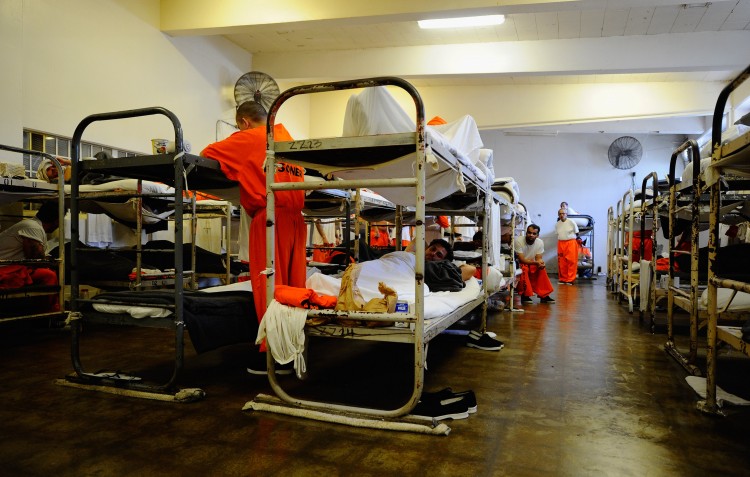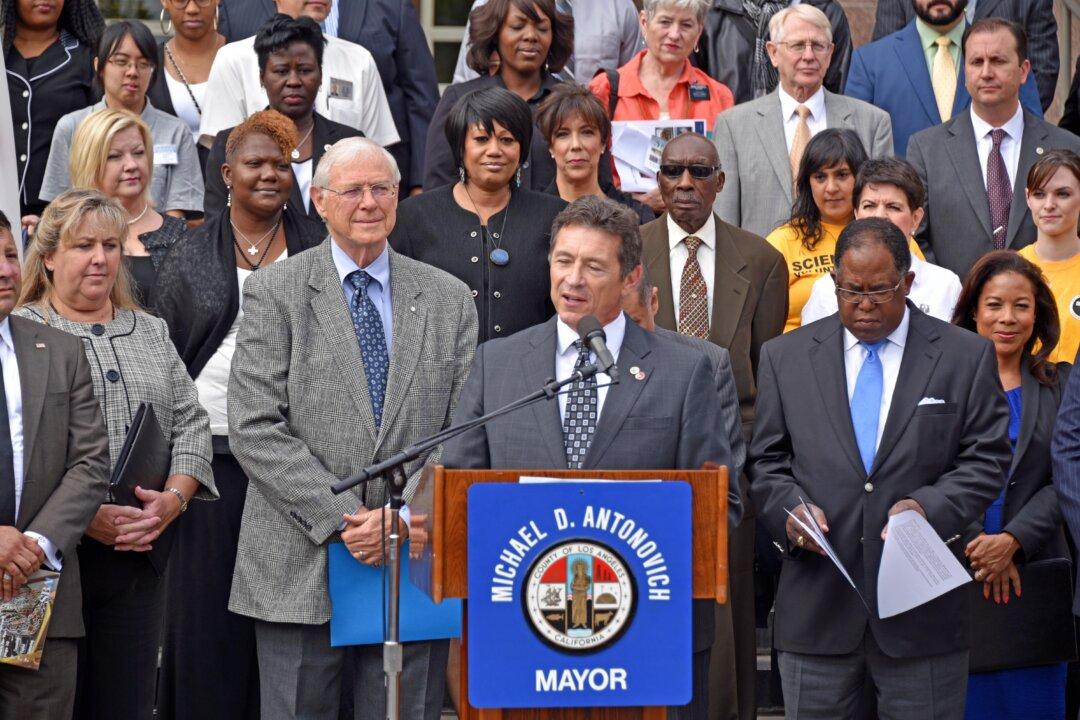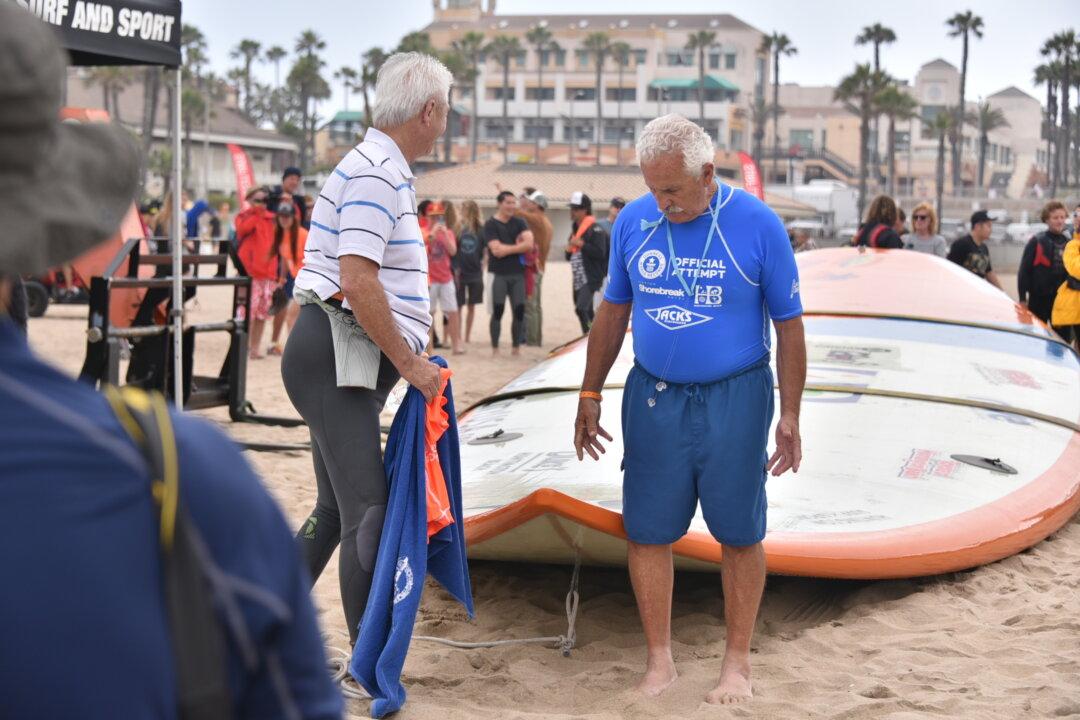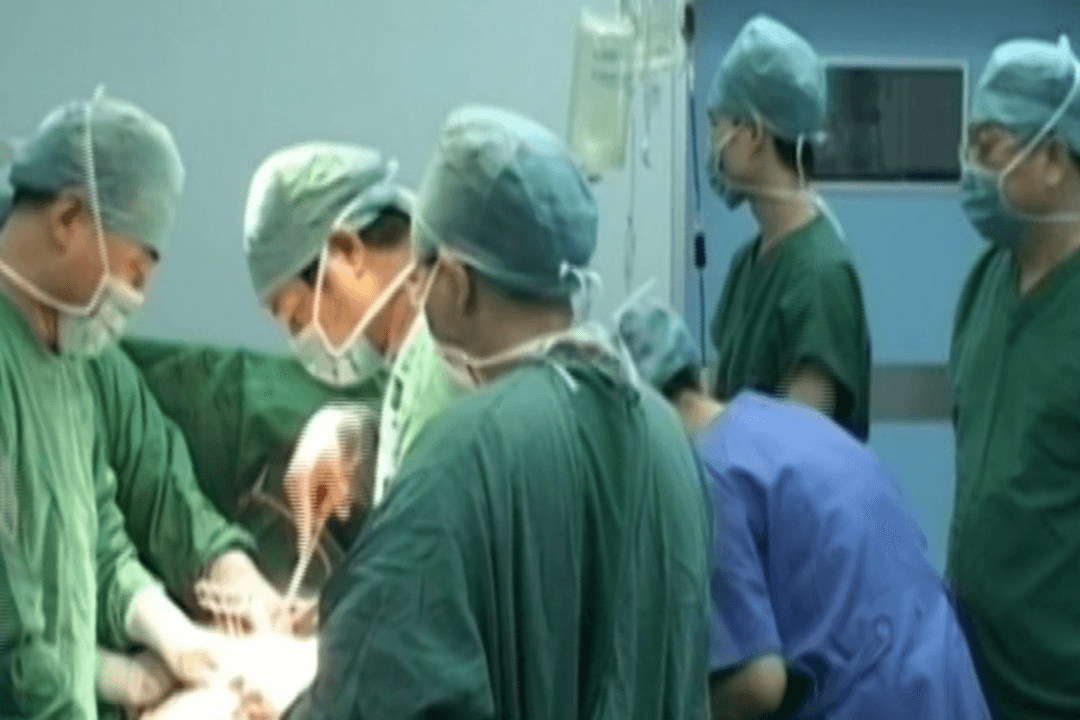US Supreme Court: Release 30,000 Prisoners
After California dodged the bullet for 50 years using promises, prison reform will start immediately according to the U.S. Supreme Court.

CROWDED QUARTERS: Inmates at Chino State Prison walk in between their double bunks beds in the overcrowded Sycamore Hall that was modified to house prisoners in this file photo on December 10, 2010 in Chino, Calif. Kevork Djansezian/Getty Images
|Updated:





